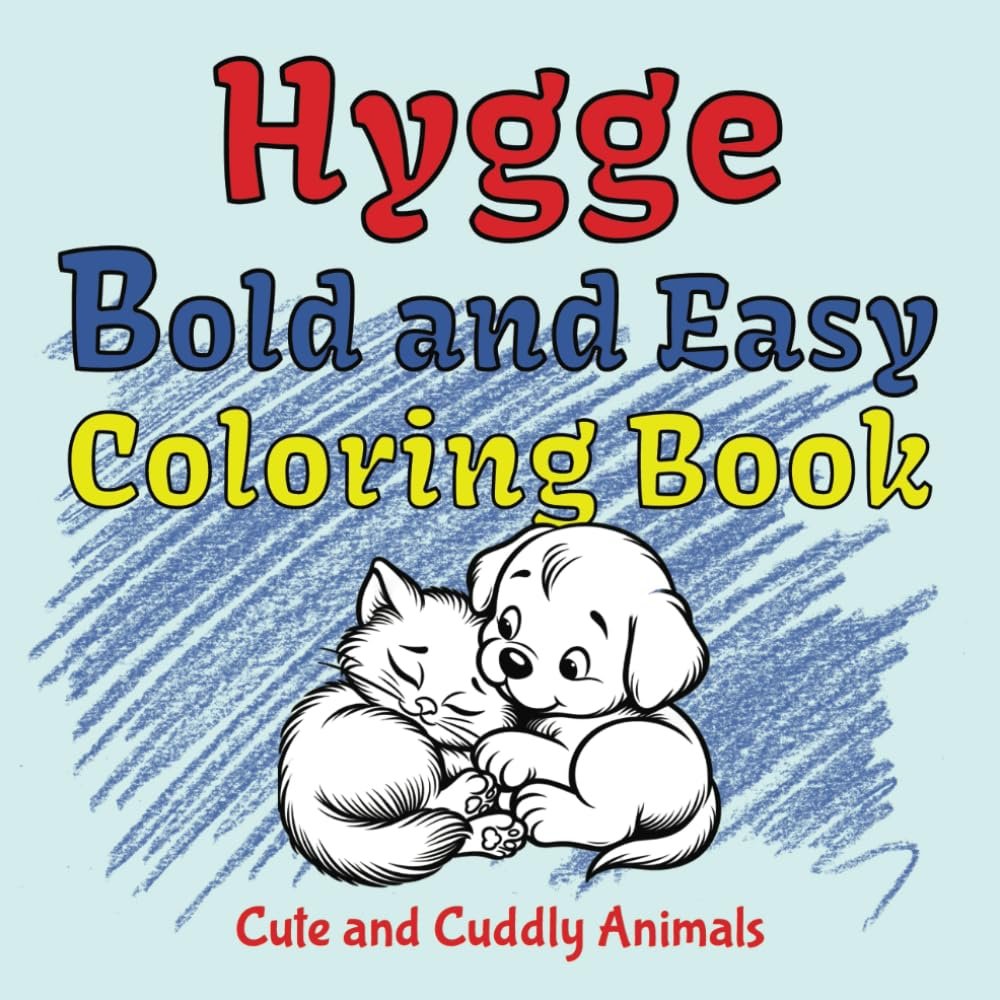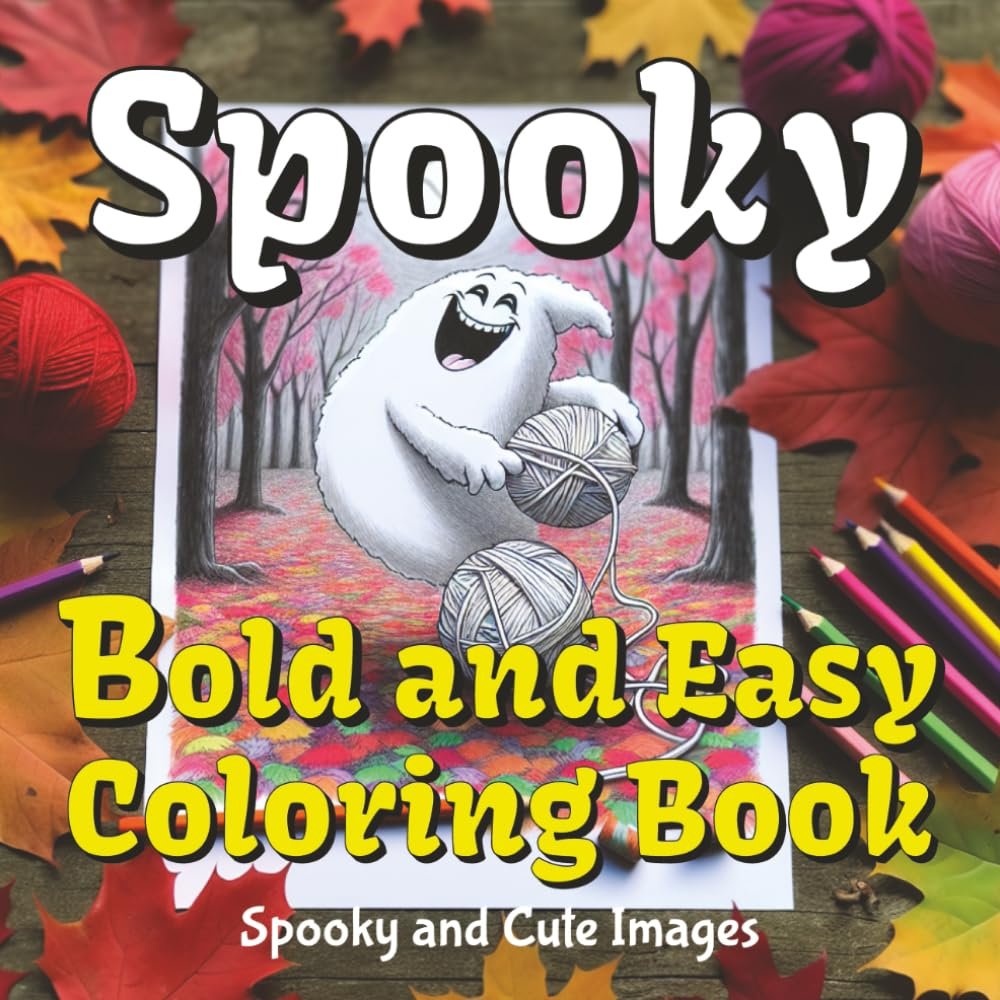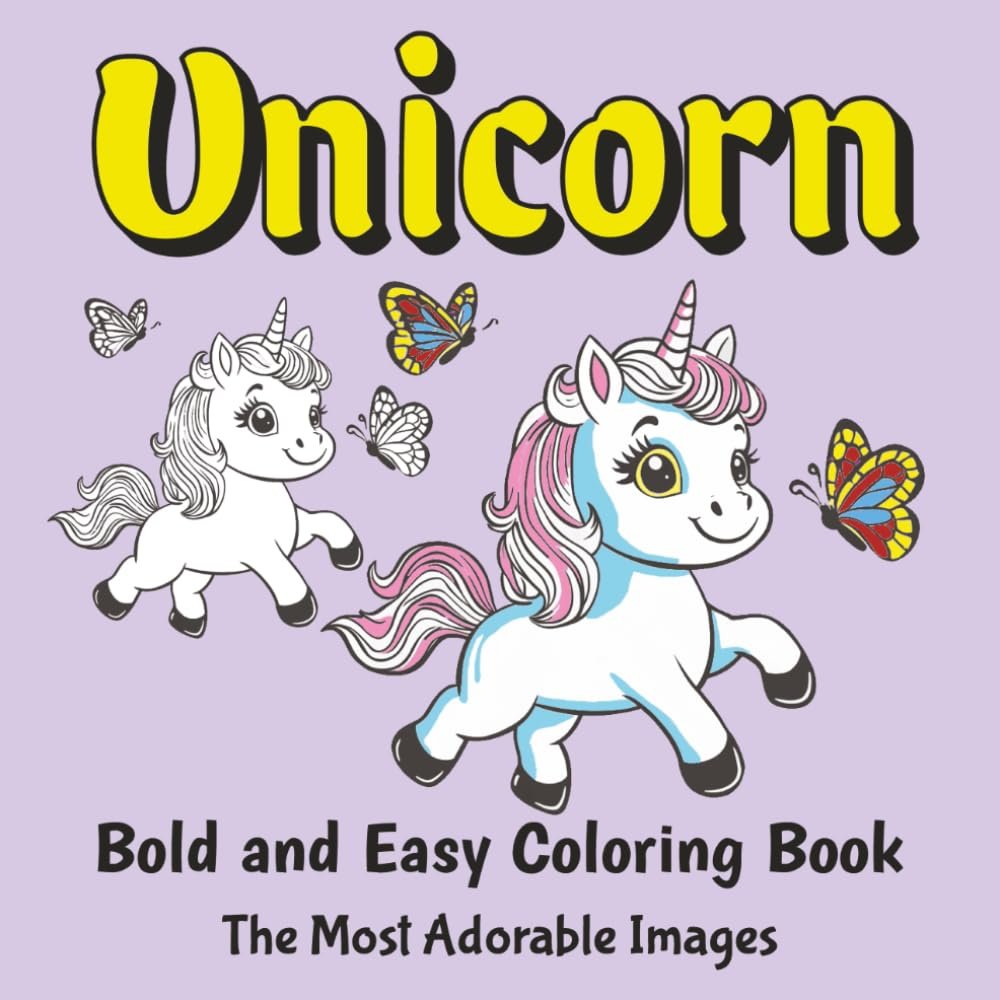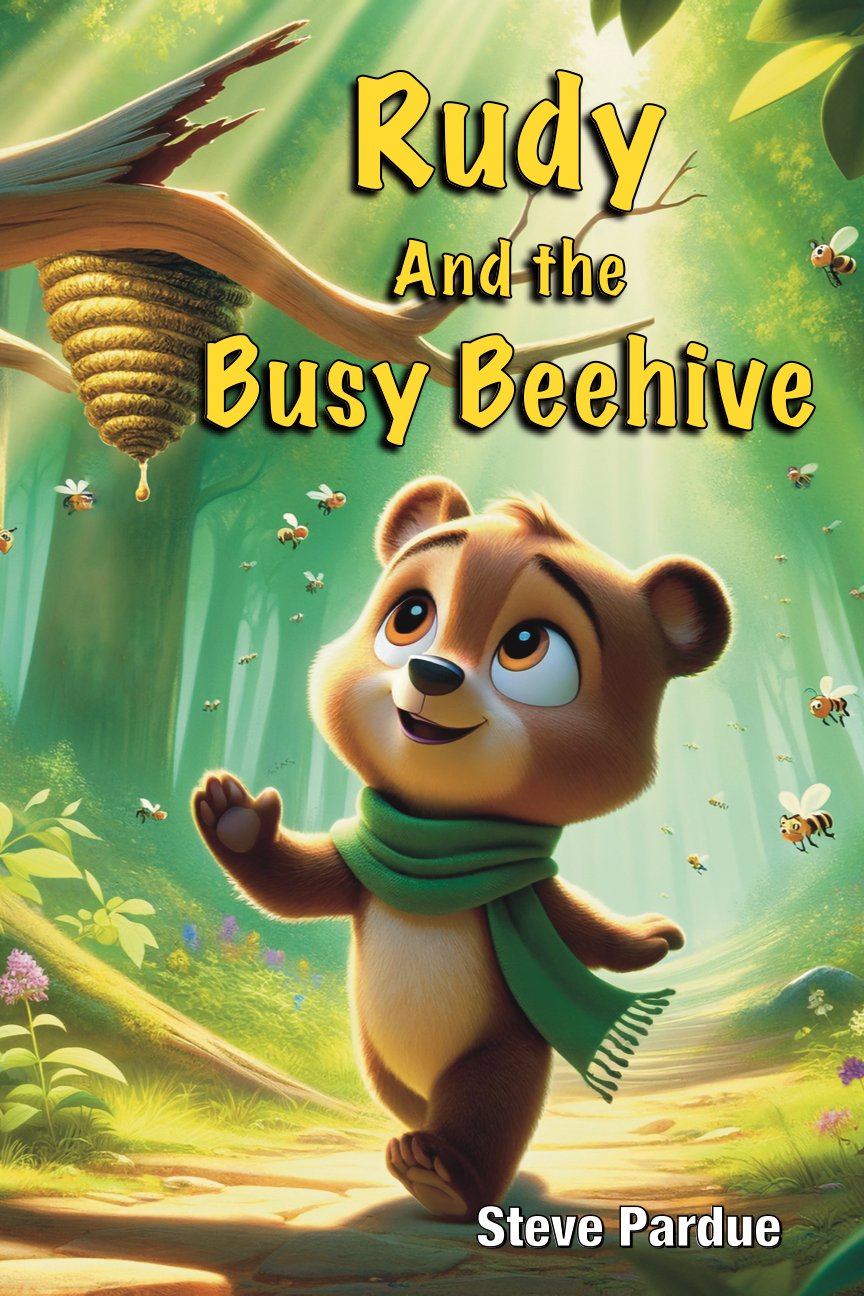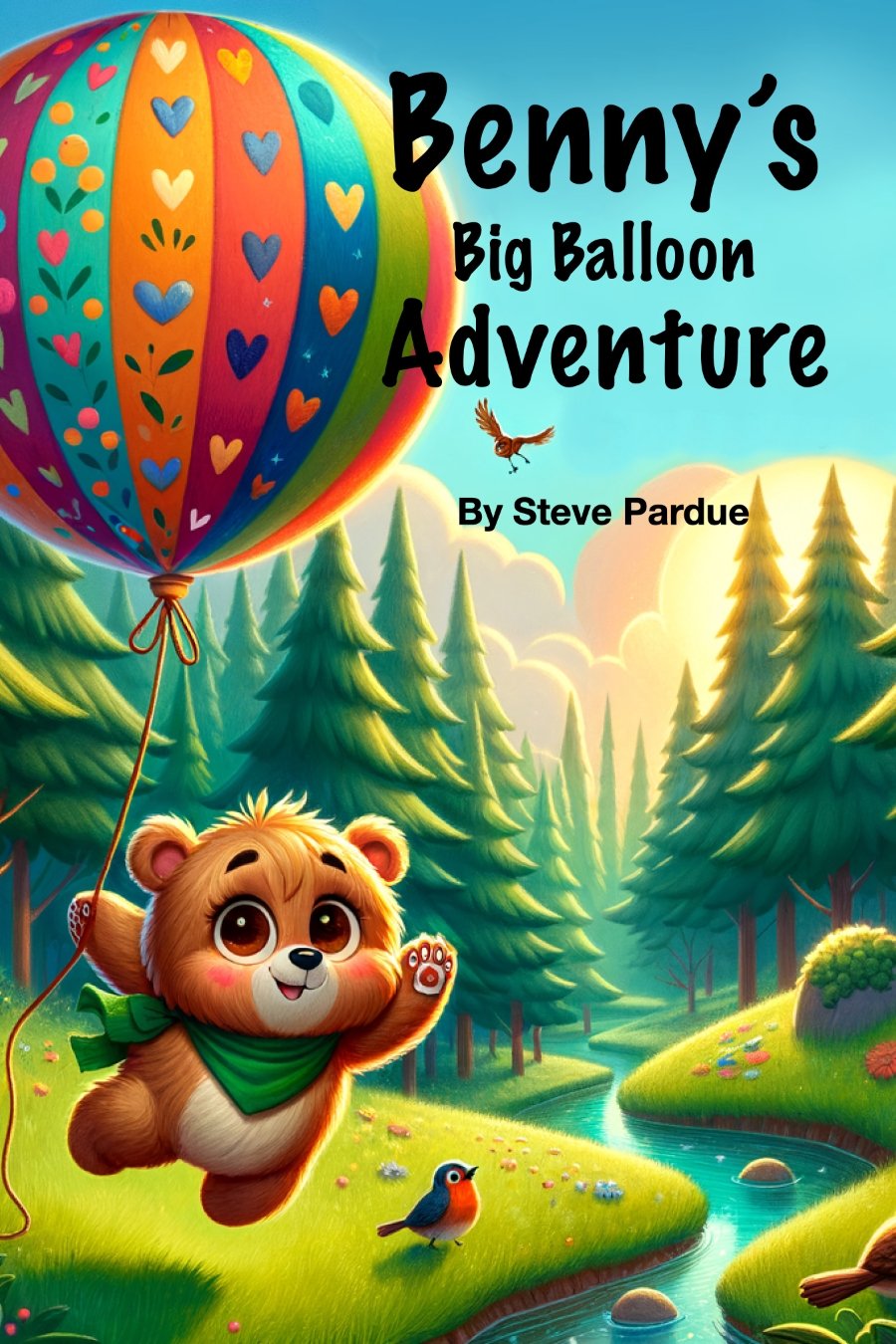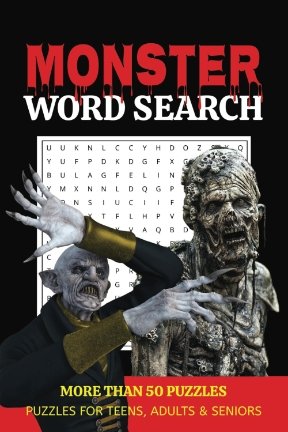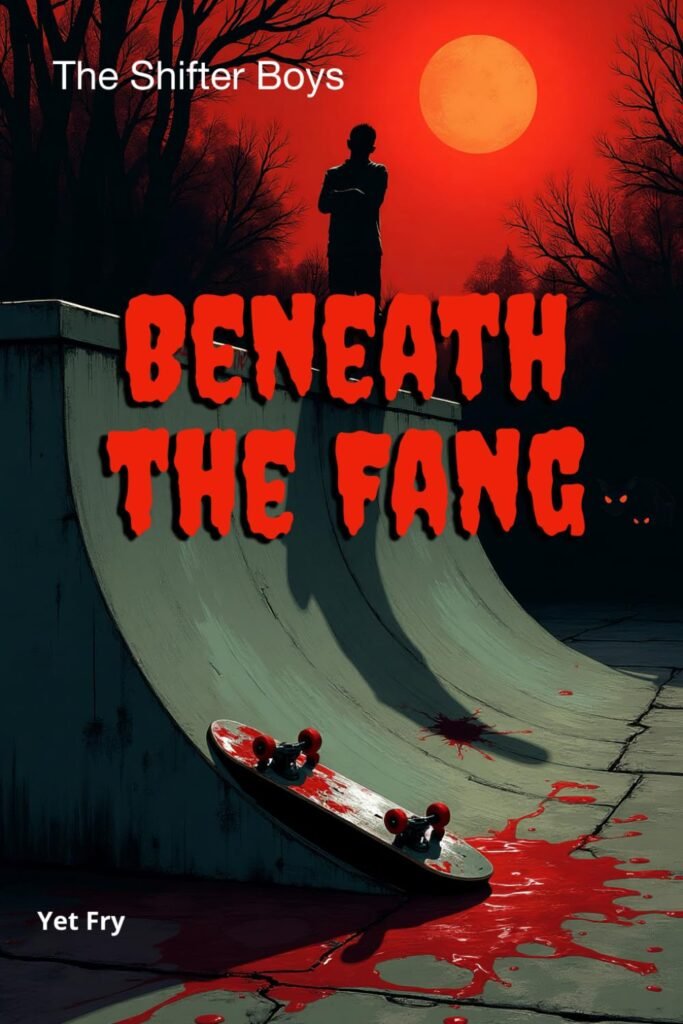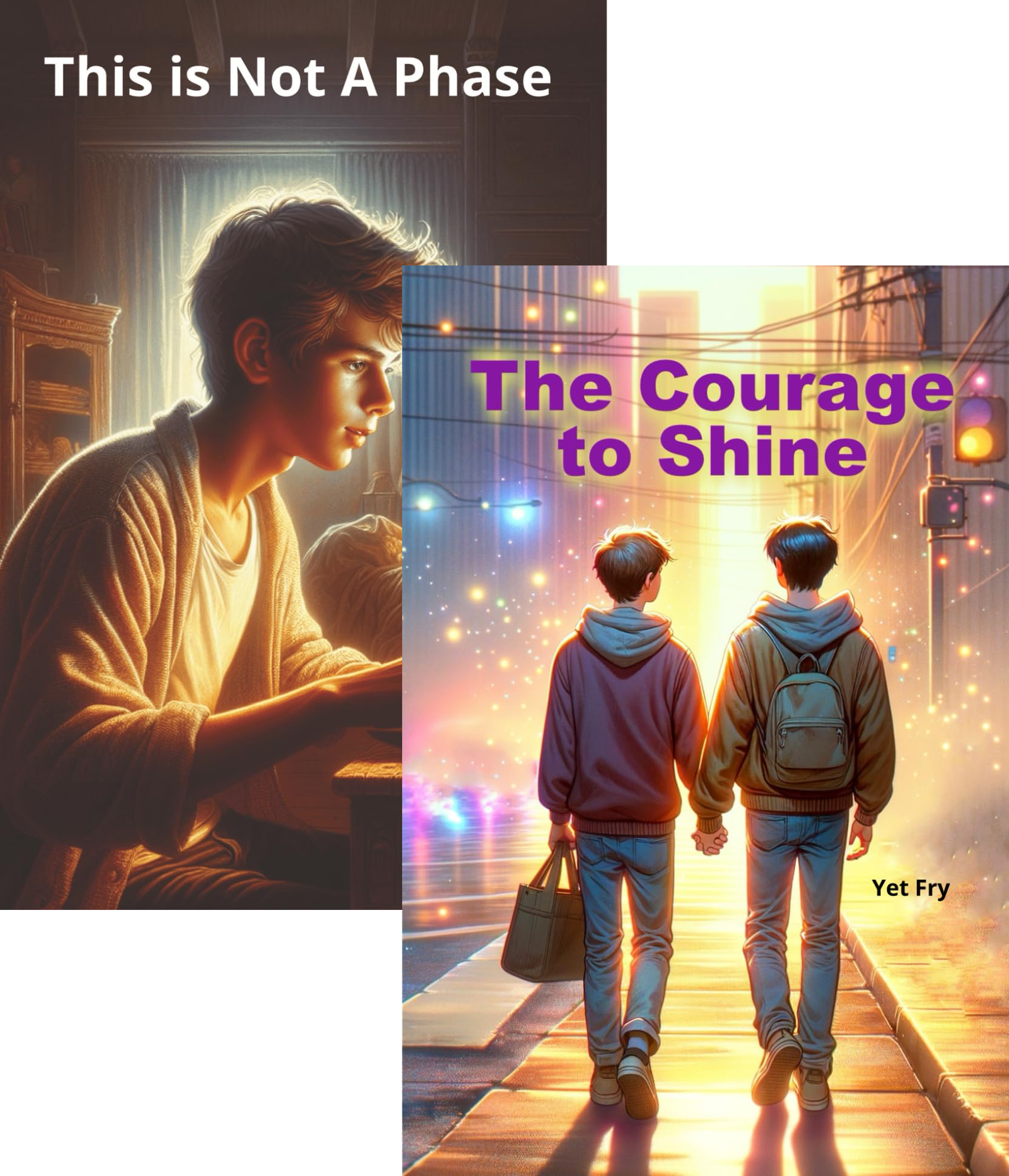Web banner design can feel like a daunting task, especially when you’re trying to stand out in a crowded digital space. I remember the first time I attempted to design a web banner for a client. I thought it was just about throwing together some eye-catching images and bold text, but I quickly learned that there’s a lot more to it. The psychology behind web banner design is a fascinating aspect that I wish I had known about earlier. Understanding how people interact with your designs can completely change the game, and that’s where expert-only knowledge comes into play.
When you think about web banners, you might focus on the visual elements—colors, fonts, images. But there’s a deeper layer at work here: psychology. Why do some banners grab your attention while others fade into the background? It’s not just about being bright and bold. It’s about understanding what makes people tick. For example, certain colors can evoke emotions and reactions—red can create a sense of urgency, while blue can inspire trust. These subtle psychological cues can be the difference between a banner that gets noticed and one that gets ignored.
Typography is another critical aspect that goes beyond just choosing a font that looks nice. It’s about making sure that your text is legible at a glance and that it guides the viewer’s eye in the direction you want them to go. Advanced insights into typography tell us that different fonts convey different messages. A playful, rounded font might be great for a banner advertising a children’s product, but it would be entirely out of place for a law firm. Understanding the relationship between typography and brand perception can elevate your designs from good to exceptional.
Of course, even the most beautifully designed banner won’t succeed if it doesn’t solve a problem or meet a need. That’s where innovative solutions come into play. A common challenge in web banner design is creating something that looks great across all devices—desktop, tablet, and mobile. This is where responsive design techniques become invaluable. By designing with flexibility in mind, you can ensure that your banner maintains its impact, no matter where it’s viewed. This approach not only enhances the user experience but also boosts your banner’s effectiveness in reaching a wider audience.
As I continued to hone my skills in web banner design, these elements became second nature. But it took time, practice, and a lot of trial and error to get there. By leveraging expert-only knowledge in psychology, delving into advanced insights in typography, and embracing innovative solutions, I was able to create banners that didn’t just look good—they performed exceptionally well. And that’s the goal, isn’t it? To create something that not only catches the eye but also drives results.
So, whether you’re just starting out in web banner design or looking to refine your skills, remember that there’s always more beneath the surface. It’s about more than just design—it’s about understanding the human element, the intricacies of communication, and the ever-evolving landscape of digital media. With the right knowledge and techniques, you can transform your banners into powerful tools that captivate and convert.

